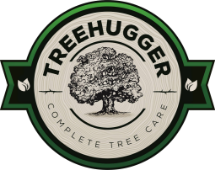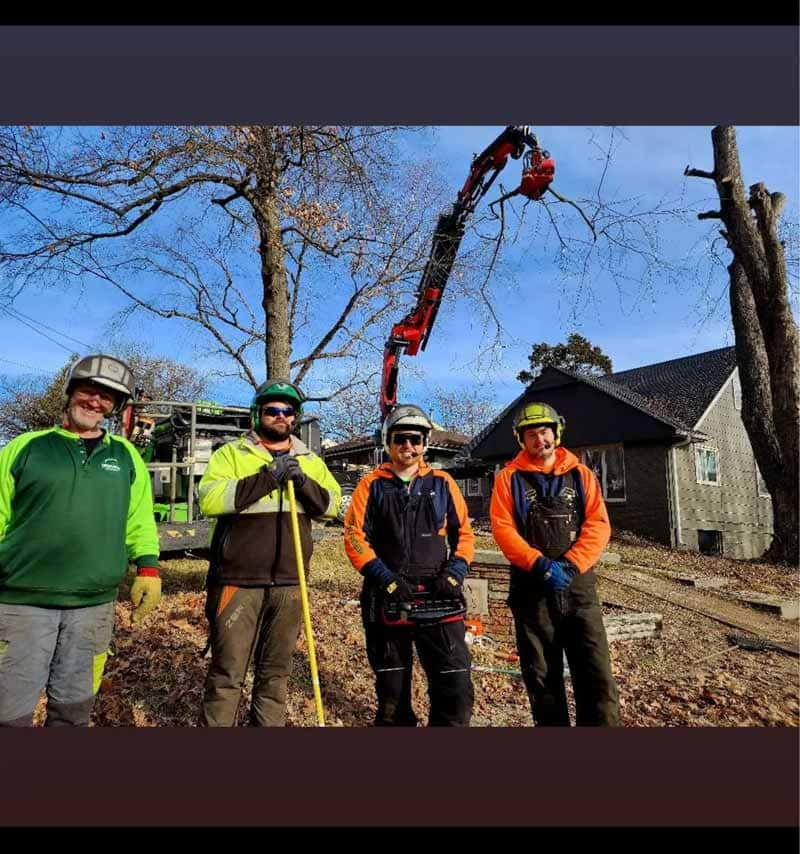Tree pruning is often misunderstood as a simple task of cutting away unwanted branches. However, it’s much more complex and nuanced than it appears. This 650-word article will unveil the lesser-known aspects of tree pruning and explain why it’s crucial to entrust this task to professionals.
The Hidden Complexities of Tree Pruning Tree pruning isn’t just about aesthetics; it’s a vital practice for the health and safety of trees. Pruning can influence how a tree grows: with proper pruning, a tree can be trained to grow into a certain configuration of limbs and branches that is more ideal for the structural integrity of the tree. However, if done incorrectly, it can cause serious damage, or even shorten the tree’s life.
Understanding Tree Biology One of the key reasons why professional expertise is essential in tree pruning is the intricate understanding of tree biology. Professionals know how different tree species react to pruning and can recognize signs of diseases or infestations. They understand how a cut will affect the tree’s growth and which branches should be removed to improve the tree’s overall health.
Timing and Techniques Matter The timing of pruning can significantly impact a tree’s health. Certain species should only be pruned at specific times of the year. Professionals have a deep understanding of these nuances. They also employ various techniques like crown thinning, crown raising, and crown reduction, each serving a unique purpose and requiring a specific approach.
Safety Considerations Tree pruning, especially for large trees, can be hazardous. Falling branches, working at heights, and using power tools are just a few of the risks involved. Professionals are trained to handle these dangers and have the necessary equipment to ensure their safety and that of the surrounding property.
Improper Pruning Can Cause Irreversible Damage Incorrect pruning methods can cause irreversible damage to a tree. Practices like topping (cutting the top off a tree) or lion-tailing (removing too many inner branches) can weaken a tree, make it prone to diseases, or even lead to its death. Professionals follow industry standards to ensure pruning is done correctly and sustainably.
Pruning as a Preventative Measure Regular, professional pruning can prevent numerous problems. It can remove hazardous branches before they fall, reduce the likelihood of storm damage, and even deter wildlife from nesting in inappropriate places. This preventative approach can save homeowners significant costs and trouble in the long run.
The Artistic Side of Pruning There’s also an artistic element to tree pruning. Professionals can shape trees in ways that enhance the beauty of a landscape. This requires not only a keen eye for design but also an understanding of how a tree will grow and respond to each cut.
Why DIY Pruning Can Be a False Economy Many homeowners attempt DIY pruning to save money, but this can often be a false economy. Poor pruning can lead to additional costs in terms of damage repair, disease treatment, or even tree replacement. Investing in professional pruning is a wise long-term investment for the health and aesthetics of your landscape.
The Role of Certified Arborists Certified arborists bring a wealth of knowledge and experience to tree pruning. They are trained to assess and safely prune trees, adhering to the highest standards of tree care. Their expertise is invaluable in maintaining the health, safety, and beauty of your trees.
Tree pruning is a complex task that goes beyond mere trimming. It requires a deep understanding of tree biology, proper techniques, and safety protocols. By hiring professionals like those at TreeHuggers, you ensure that your trees are pruned correctly, which maintains their health, appearance, and safety. Investing in professional tree pruning is not only a wise decision for the well-being of your trees but also a prudent choice for the safety and beauty of your property.

